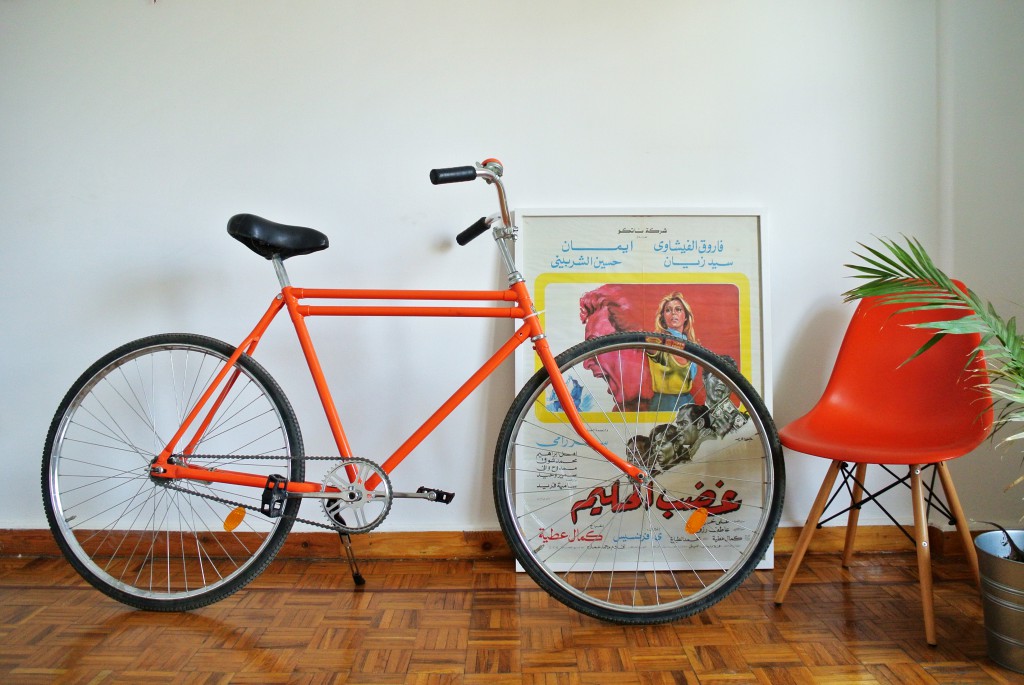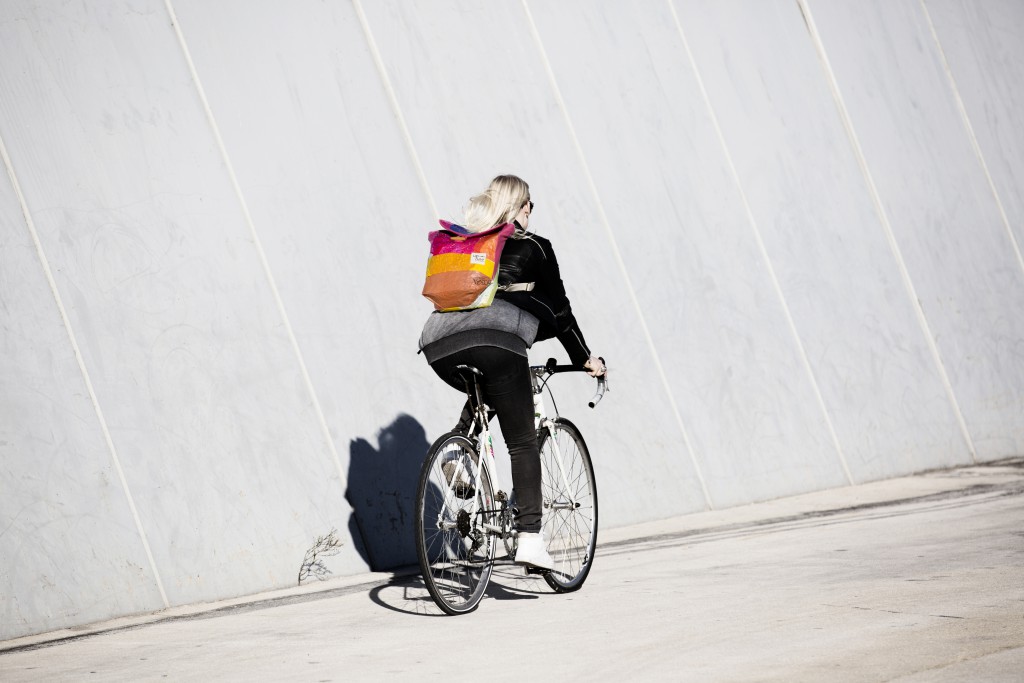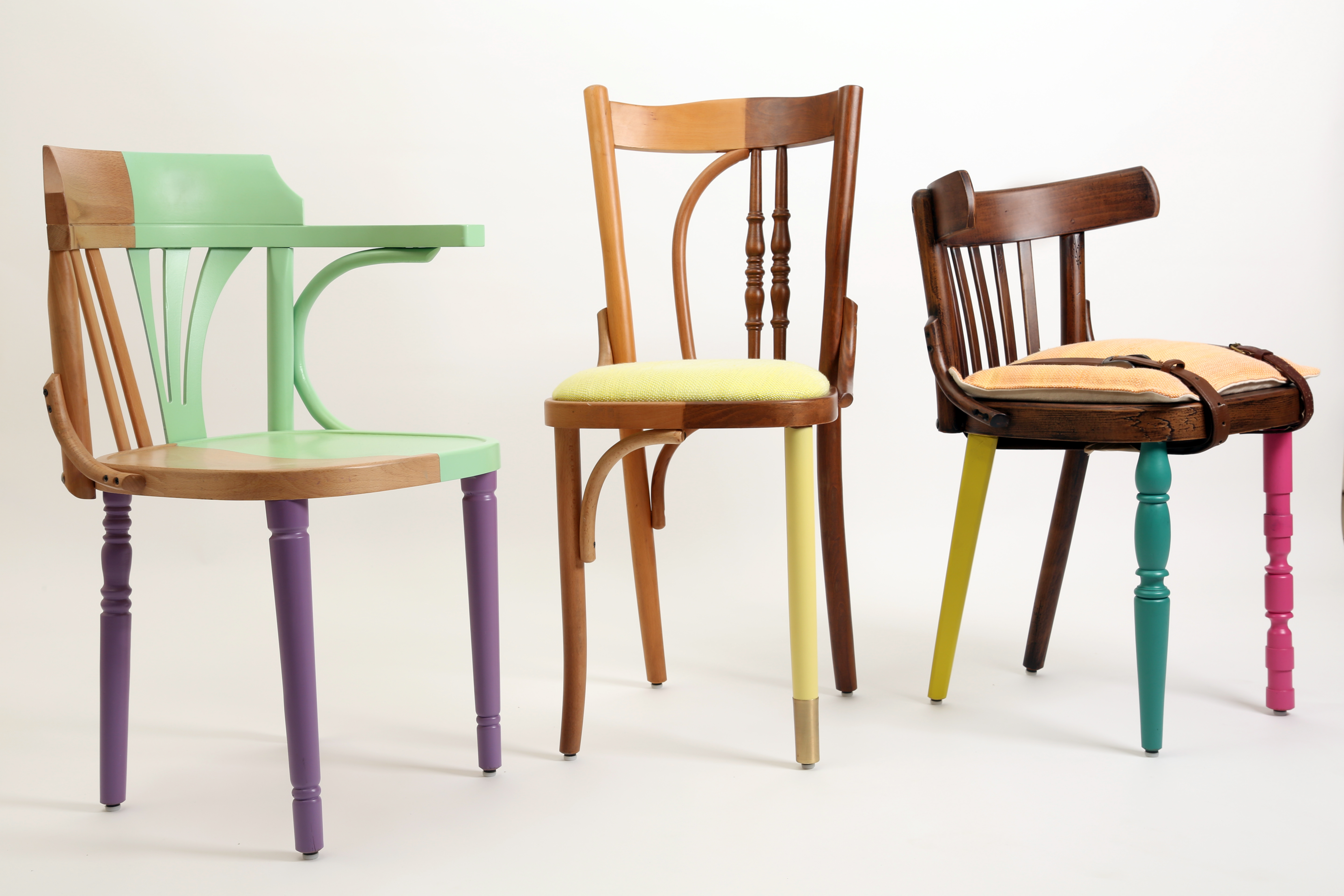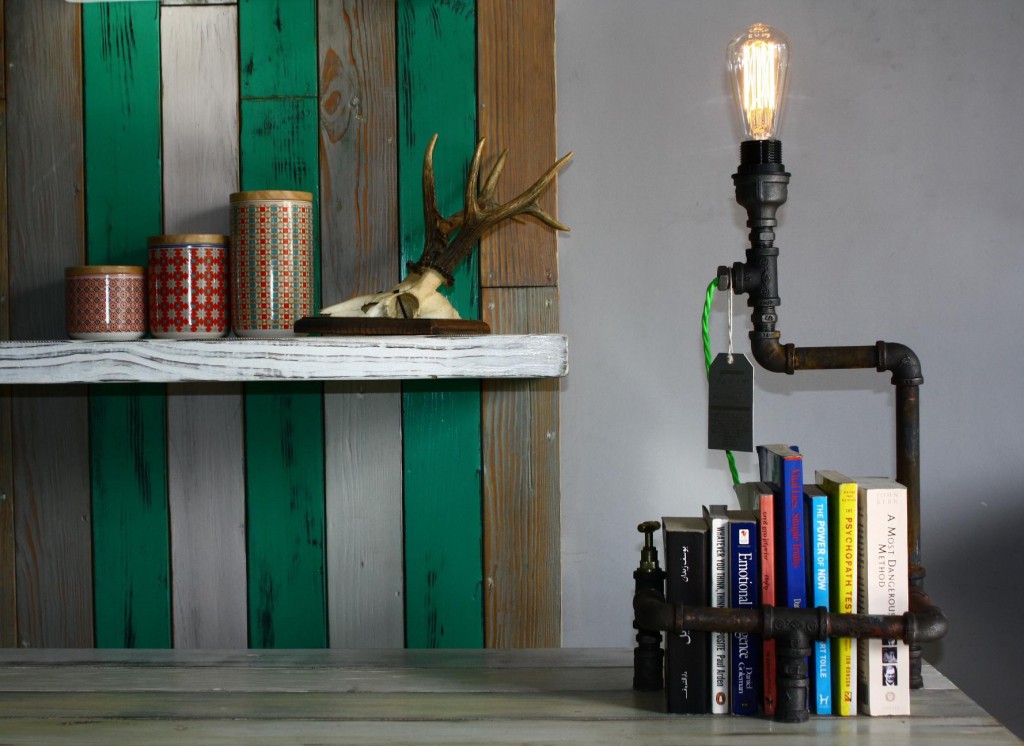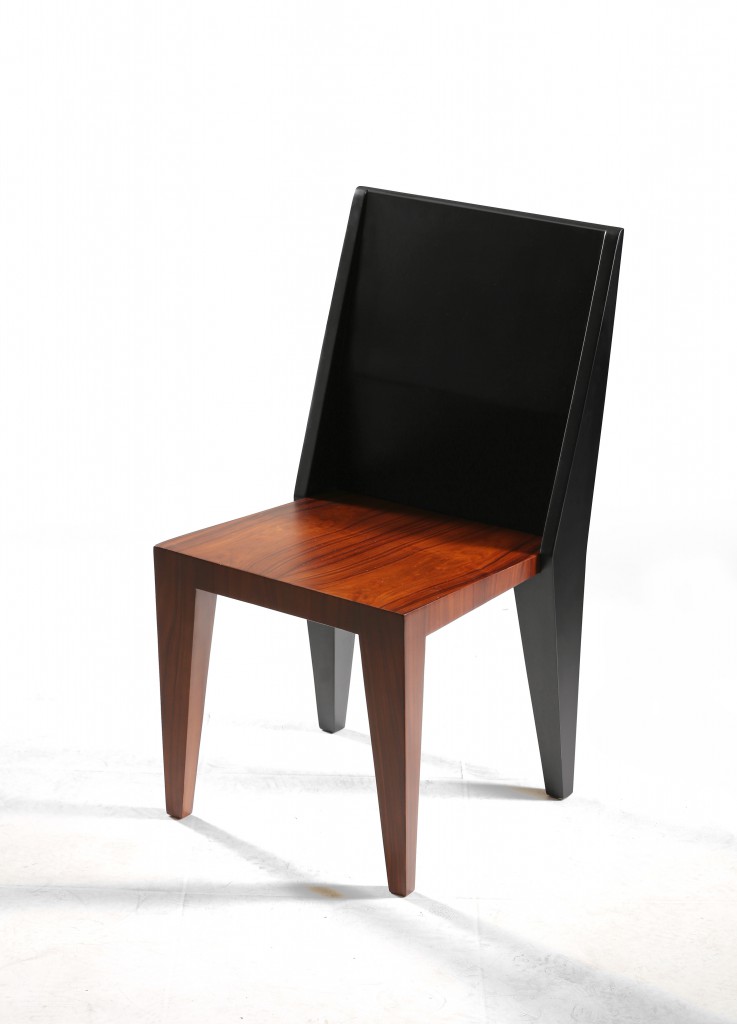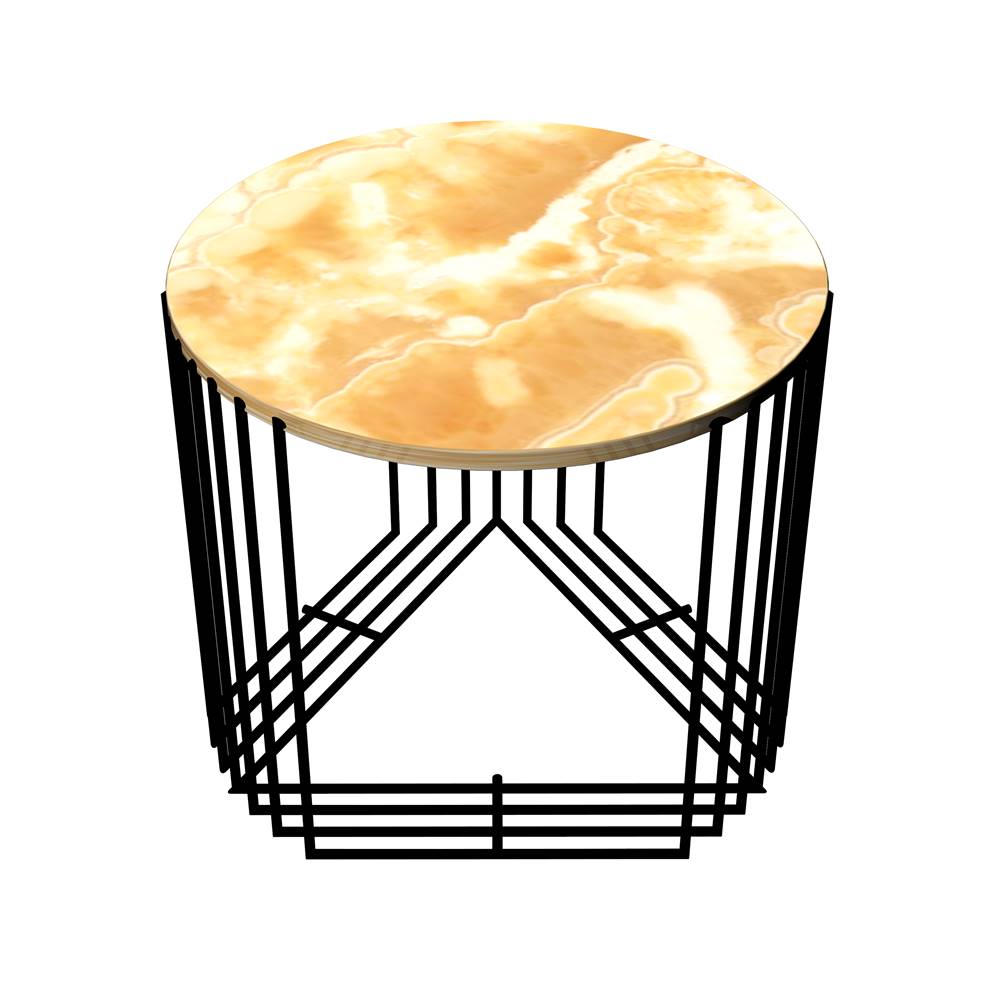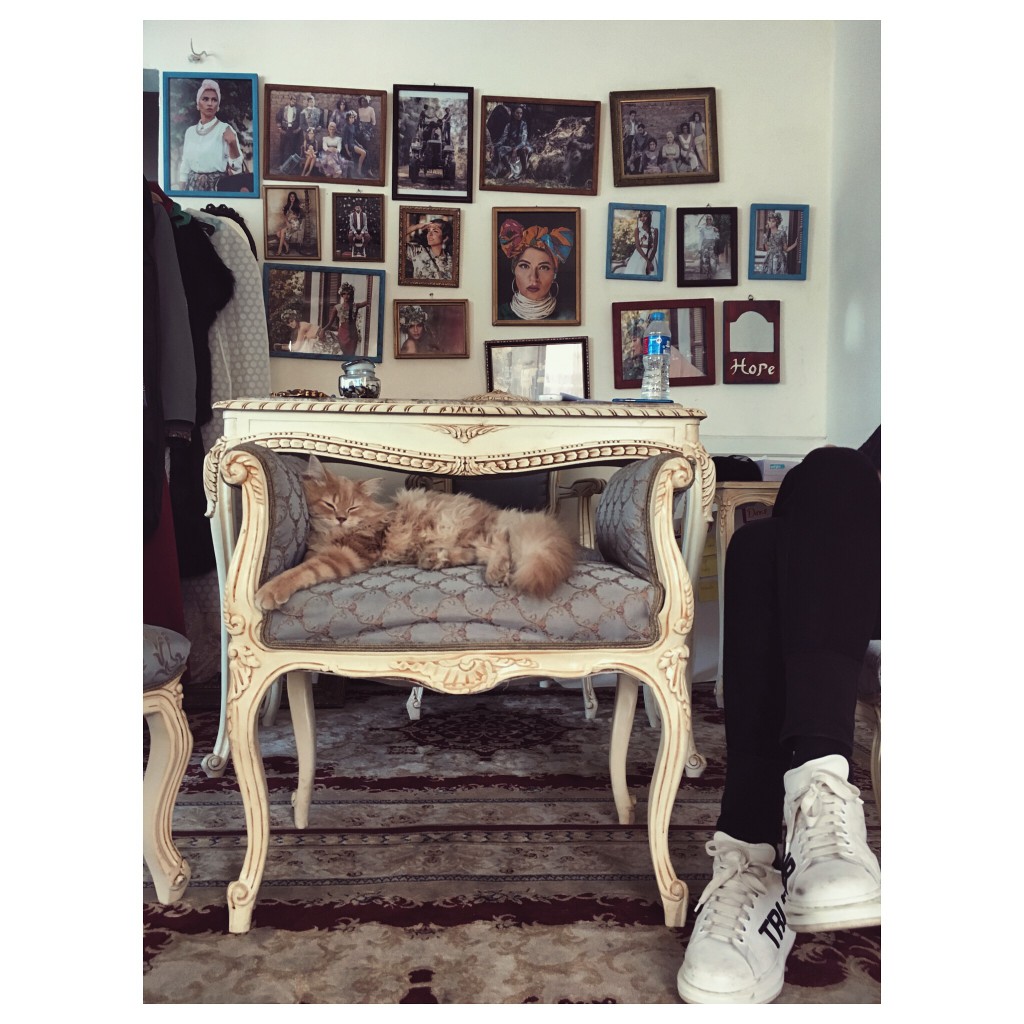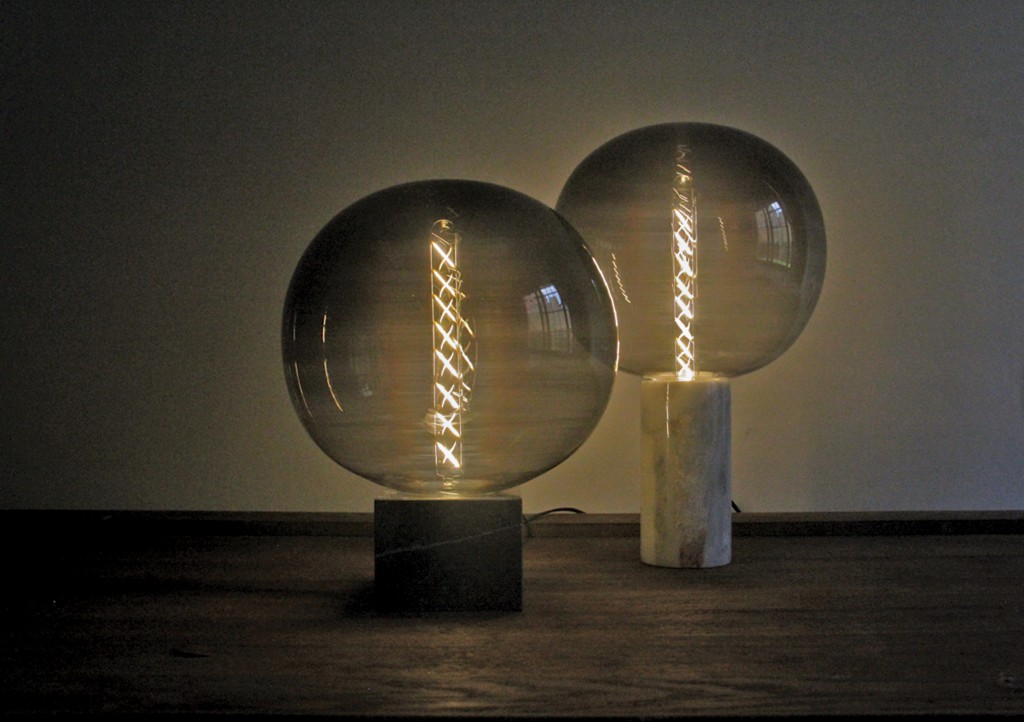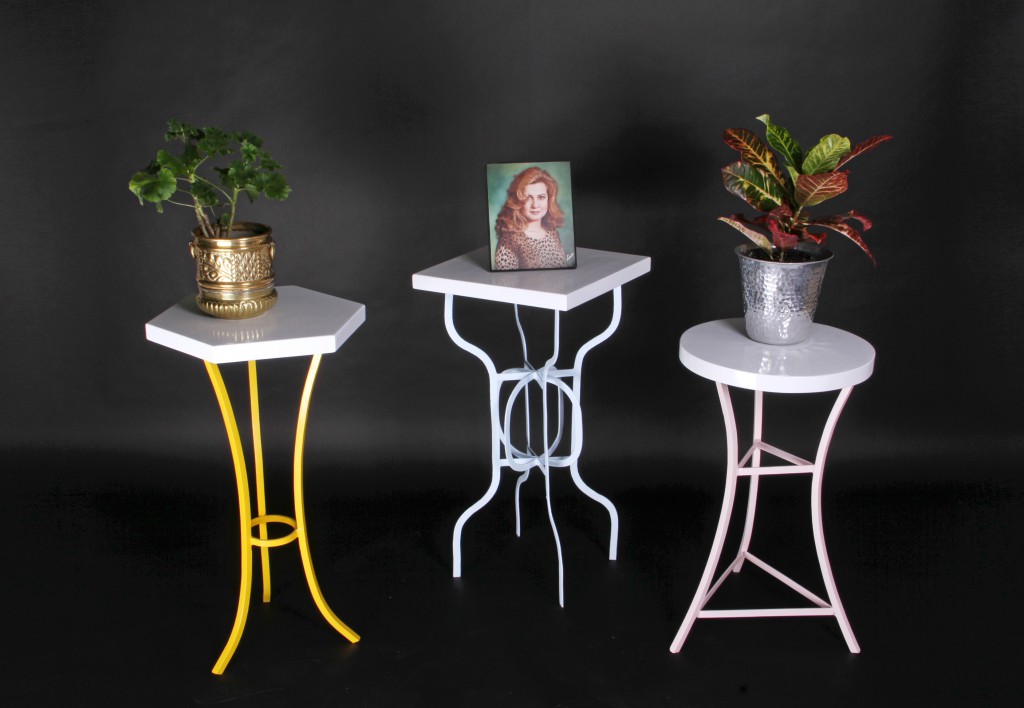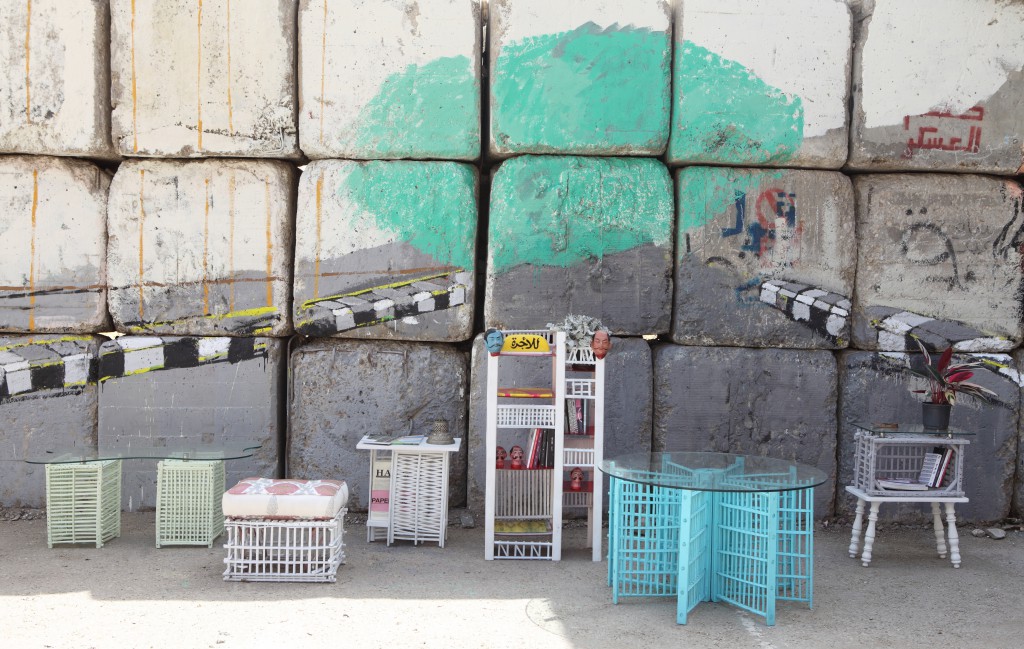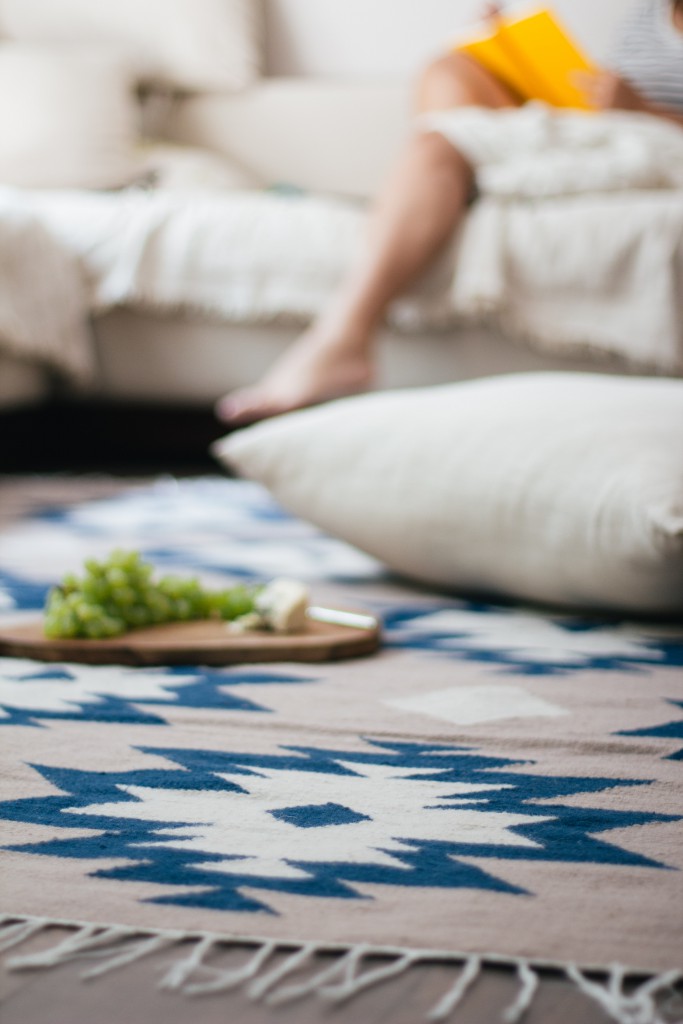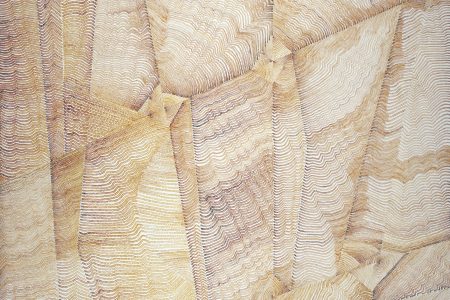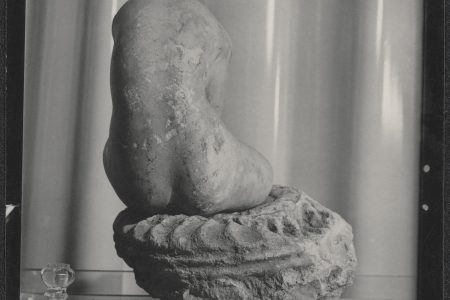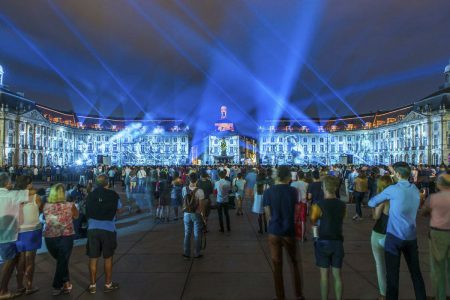Egyptian Design Curated by Mohamed Elshahed
TLmag saw a vision for a boldly resourceful creative future at the first ever survey exhibition of Egyptian design. This seminal exhibition, held during Dubai Design Week 2016, deserves to be remembered.
Constraints can often give rise to some of the most creative ideas. Cairo is a city with no shortage of political, social and economic constraints, but abundant in human spirit and ingenuity – as witnessed at the seminalCairo Now! A City Incomplete exhibition.
“Cairo Now! sheds light on the city’s emerging designers who, despite the lack of a marketplace or an infrastructure supporting their practices, continue to innovate, to turn the city’s trash into new products and revive fading traditions with a contemporary edge,” explains curator Mohamed Elshahed who brought together 65 architects, designers, entrepreneurs and graphic artists in the biggest exhibition of contemporary Egyptian design to date. Founder of the Cairobserver blog and curator for the British Museum’s Modern Egypt Project, Elshahed was invited by Dubai Design Week to showcase Cairo in the festival’s Iconic City spotlight.
“Incompleteness is a reflection of the city’s status quo,” Elshahed explains that he was inspired by Cairo’s red brick housing stock. “Continuous expansion into the desert with partly realised satellite cities, speculative urbanism aufblasbares zelt kaufen where buildings are never fully completed to avoid taxation, and the tendency to leave a bit of extra concrete sticking out of buildings’ roofs in hopes of adding additional floors in the future.”
In the hands of the new generation of designers on exhibition, this incompleteness becomes an opportunity, not a constraint. From finding a second life for plastic waste – such as Up-fuse’s trendy bags and Reform Studio’s ingenious upholstery technique – to reimagining traditional materials and techniques – such as Lina Al-Orabi’s striking alabaster coffee tables and Block B Furniture’s edgy refurbishings of the typically gold-plated Louis Farouk armchair, icon of middle-class interiors.
“They always take Cairo with all its flaws as their muse and as the source of their creativity. The city’s zeitgeist is reflected in their often satirical take on the absurdities that make up contemporary Cairo,” Elshahed concludes.
A exhibition that sorely deserves to be staged again, TLmag hascompiledan album of our favourites in the meantime. The goosebump-evoking video by Ahmed Tahoun is also a must-see.
